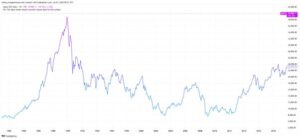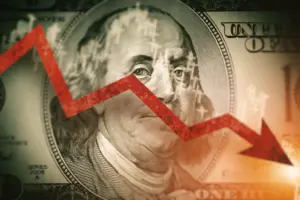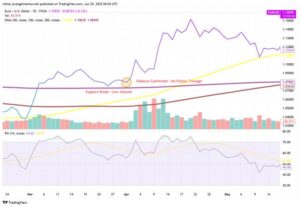Japan's inflation rate rose to 4% in January, marking its highest level since early 2023. This sharp increase adds pressure on the Bank of Japan (BOJ) to reconsider its ultra-loose monetary policy, as inflation remains well above the BOJ’s 2% target for the 34th consecutive month.
Core inflation, which excludes fresh food prices, climbed to 3.2%, exceeding economist expectations of 3.1% and reaching its highest level since June 2023. The so-called “core-core” inflation rate, which excludes both fresh food and energy prices, also ticked up to 2.5% from 2.4% the previous month. These figures indicate that inflationary pressures are becoming more persistent across various sectors of the economy.
Market Reactions and BOJ’s Stance
Following the inflation data release, the Japanese yen strengthened slightly by 0.15%, trading at 149.39 against the U.S. dollar. This appreciation reflects market expectations that the BOJ may need to tighten monetary policy sooner than previously anticipated to combat inflation and stabilize the yen.
At its January meeting, the BOJ acknowledged growing inflation risks and the weakening yen. The central bank noted that prolonged monetary easing has raised concerns about financial overheating and excessive depreciation of the yen. Policymakers discussed the necessity of adjusting interest rates to prevent further economic imbalances.
Economic Growth and Future Rate Hikes
Japan’s economy showed resilience in the last quarter, with GDP growth exceeding expectations. The economy expanded by 0.7% quarter-on-quarter and 2.8% on an annualized basis. However, for the full year of 2024, GDP growth slowed dramatically to just 0.1%, a stark contrast to the 1.5% growth recorded in 2023.
Some analysts, including those from the Commonwealth Bank of Australia and Bank of America, have suggested that strong economic data and persistent inflation increase the likelihood of a BOJ rate hike in the coming months. Market predictions now anticipate potential rate increases in June and December, with further hikes expected into 2026 and early 2027.
As inflation remains elevated, the BOJ faces growing pressure to tighten its policy stance. Investors and policymakers will be closely watching upcoming economic indicators to gauge whether inflation will continue its upward trend, forcing Japan’s central bank to act sooner rather than later.





